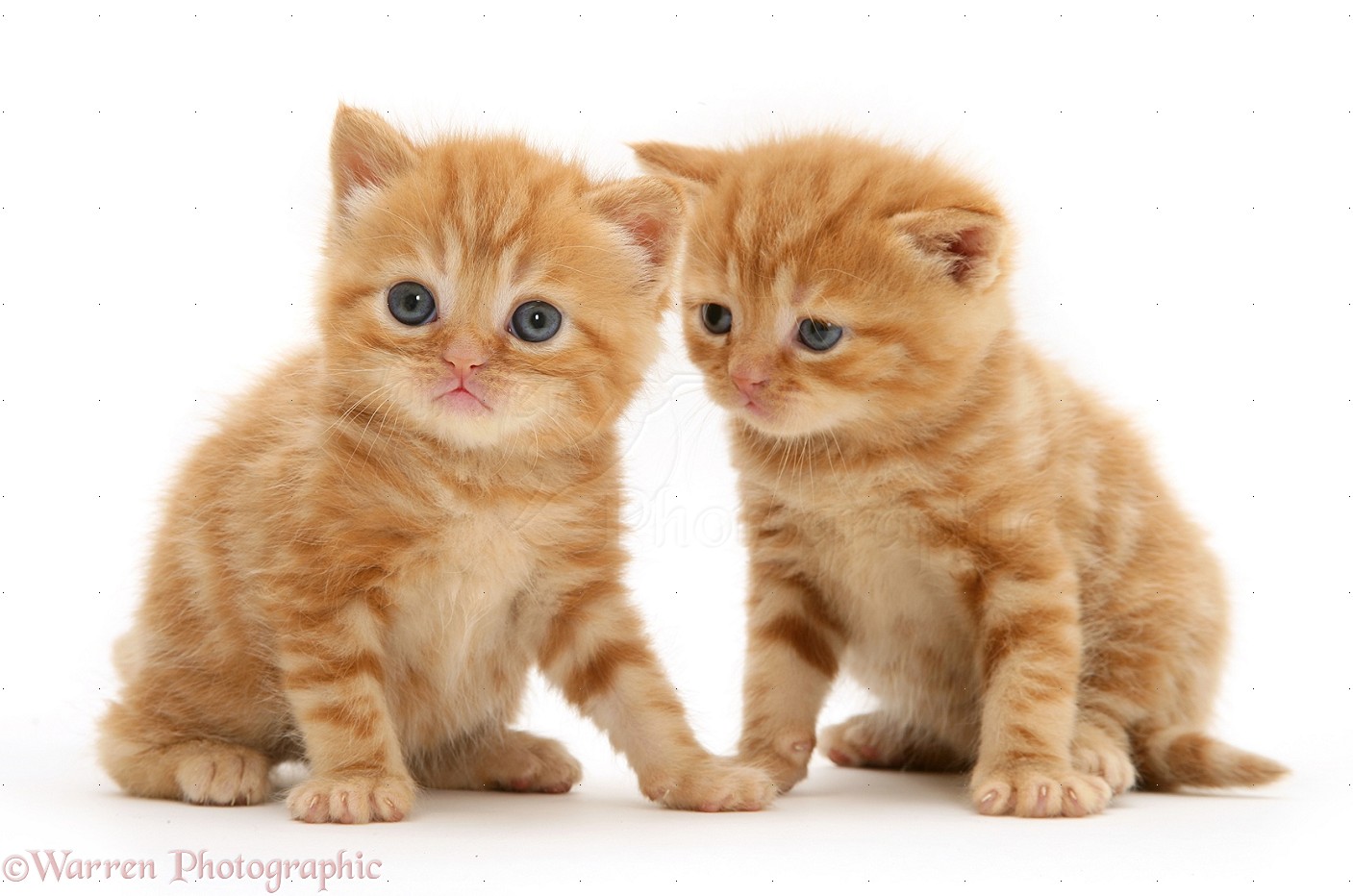

Nutrition & Feeding Requirementsīritish Shorthairs are renowned for their healthy appetites. The most popular of all these is the British Blue, which is seen as the flagship of the breed, making up over half of the registrations. They can be found in the classic tabby patterns of classic, spotted, mackerel and ticked.

The British Tortoiseshell - these cats have a mix of colours.British Tipped - these varieties have Black or Golden Tipped coats, with green eyes similar to a Chinchilla or Golden Persian.British Colourpointed - the cats look more similar to Siamese cats, with a similar coat pattern and blue eyes.These should all have orange eyes, although occasionally the British White may have blue or odd eyes. British Self - this group is for cats that are all one colour, like white, black, blue or lilac.They have more floof per square inch than any other breed, so make the best cuddle-buddies too!īritish Shorthairs encompass a huge range of different variation, these are the ones recognised by the GCCF: With long bushy tails that are ace at knocking over whatever's on your table top. In terms of their physique they have sturdy frames, designed to be compact and powerful. They have round, soft faces with big round eyes, and a sweet happy expression. Their cuteness isn't just by chance either, but a specific requirement for the breed. What do British Shorthair cats look like?īritish Shorthairs are adorable, I mean just look: Whilst this outcrossing did ultimately save the breed, it also resulted in some of the issues we'll discuss later on. His DNA so proliferous that to this day almost every British Shorthair can be traced back to him. One cat played a particularly integral role in the breeds recreation, a Mr. Involving crossing them with Persians, Russian Blue, Burmese, and others. This meant that post-war huge efforts were made to outcross the cats to their original standards. Hopefully the fact that her owner was the event organiser and judge had nothing to do with it.ĭuring WW2, like many pedigree breeds, the number of BSH's drastically declined.

Not only were they shown, but a blue tabby called 'The Old Lady' won best colour of class. It wasn't until 1871 that they were officially recognised (known as English Shorthairs then) at the very first cat show in Crystal Palace. Over time these Roman kitties interbred with the UK's native cats, eventually forming a native domesticated shorthair. Like most cats, British Shorthairs origins trace right back to the Roman Invasion in 43AD, when cats were brought over to the UK for some much-needed mouse control. If you're thinking of becoming a hooman to one or just interested in these adorable kitties, this is the purrfect read for you. Finishing by highlighting some of the Shorthairs who've risen to stardom (because who doesn't love a good name drop). We'll be looking at everything from their tumultuous history to their devilishly good looks. 1 kitty for no reason, so today we'll be uncovering just what makes the British Shorthair so popular.


 0 kommentar(er)
0 kommentar(er)
